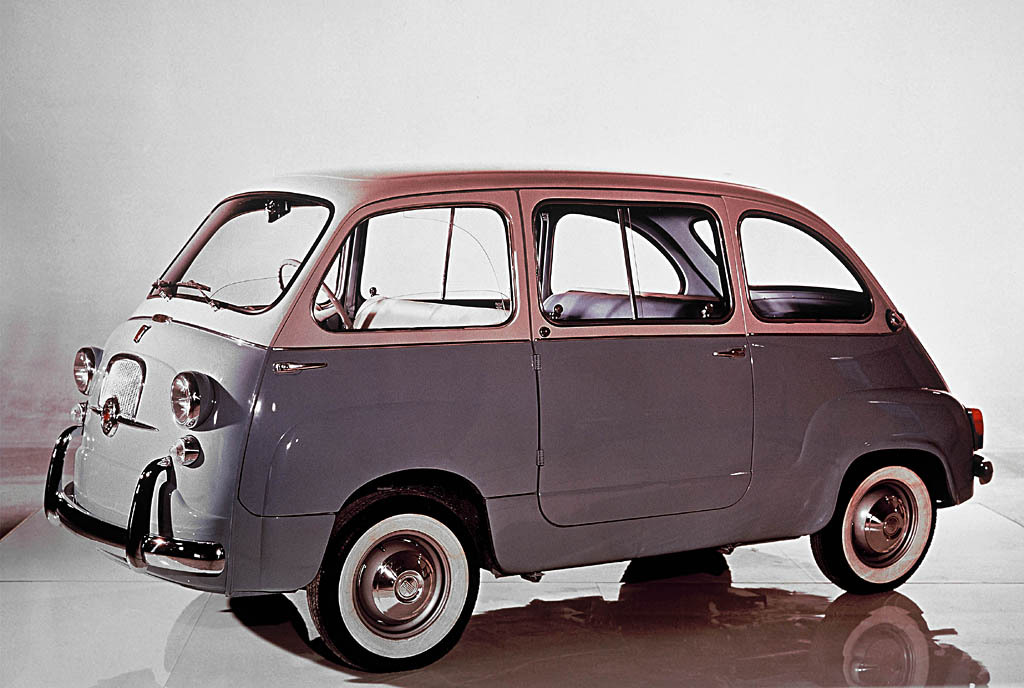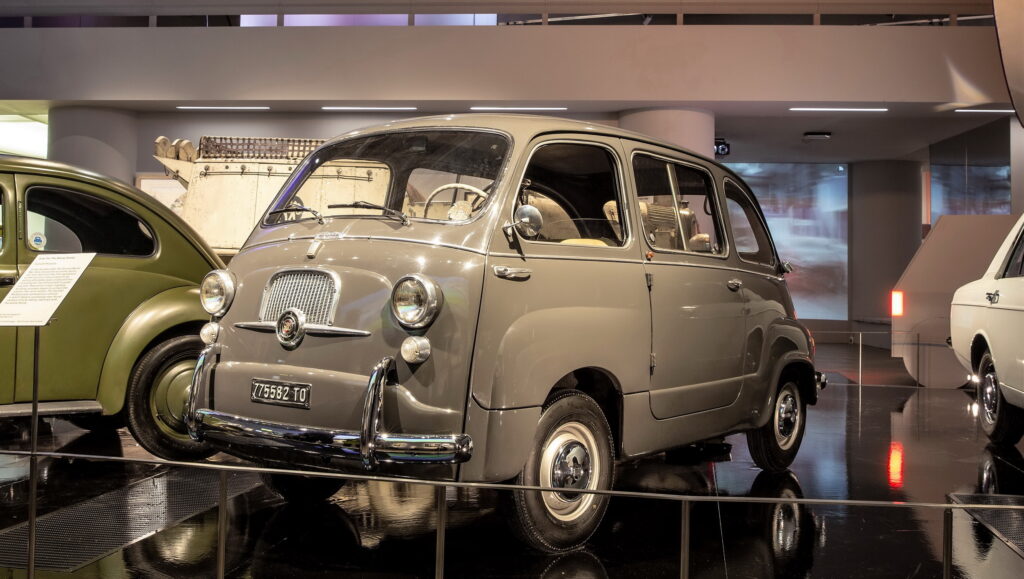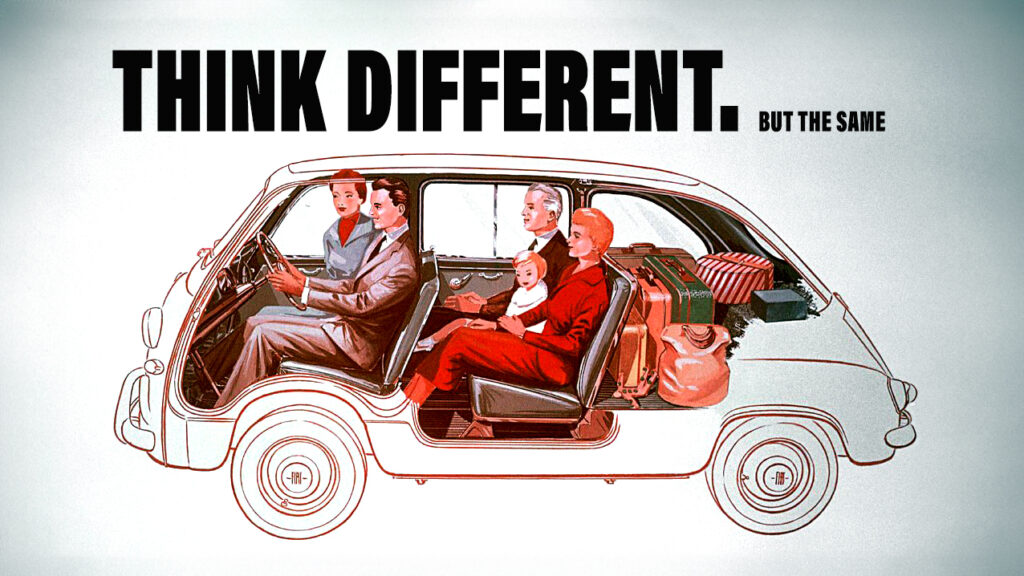Apple’s recent decision to shutter its electric vehicle program, code-named as “Project Titan,” surprised many, but insiders suggest it was inevitable. Company sources reveal Apple’s limited interest in cars from the project’s inception.
Back in 2014, the tech industry was excited about electric cars and autonomous mobility, and senior Apple engineers who had just finished working on the company’s smartwatch needed something new to do. And thus, the “iCar” was born.
Read: The Apple iCar Is Dead After A Decade Of Development
However, Apple CEO Tim Cook agreed to launch Project Titan to keep engineers from leaving for Tesla, not out of any particular interest in the automotive sector, reports the New York Times. Although there was the promise of money to be made, executives’ indifference resulted in multiple leadership changes, inconsistent goals, and shifting focuses, which led people working on the project to call it the “Titanic Disaster.”
Musk Was In Talks With Apple
From the outset, the project faced challenges, with team members recognizing that the vehicle would en up costing at least $100,000, resulting in slim profit margins, something Apple wasn’t accustomed to. Additionally, they understood they’d be trailing behind Tesla. In fact, Apple reportedly held discussions with Musk about buying the startup, but ultimately decided to build its own vehicle.
At first, the project’s leader, Steve Zadesky, wanted to create a relatively normal, if technologically advanced, electric vehicle to compete with Tesla. Meanwhile, Apple’s chief design officer, Jony Ive, wanted to create a fully automotive vehicle without a steering wheel, a bit like Waymo.
A Design Inspired By The 1950s Fiat Multipla 600


Ive eventually penned a design that resembled a Fiat Multipla 600, and which could be controlled by Siri. In 2015, Ive showed Cook his vision for the project with a stationary demonstrator model. The two men climbed into the mock-up as screens simulated a drive through a city. When they passed a restaurant, Ive asked Siri what it was and a voice actor read an answer.
Just a year later, Zadesky left the project, and his successor shifted the focus to developing autonomous software. Subsequently, Tesla’s Doug Field assumed leadership, laying off 200 employees and doubling down on autonomy. By 2021, Kevin Lynch, known for his work on the Apple Watch, took over and redirected the focus toward developing an electric vehicle once again.
By the time the project was canceled this week, even the employees working on it felt like it was the correct decision. The employees who spoke to the New York Times (on condition of anonymity) said that Apple’s choice to focus on AI would be more important to the company’s future.
However, Project Titan wasn’t a complete loss. Some of the tech developed for it will survive. For instance, the advancements the team made in AI and automation will be applied to other tech, such AirPods with cameras, robot assistants, and augmented reality.




